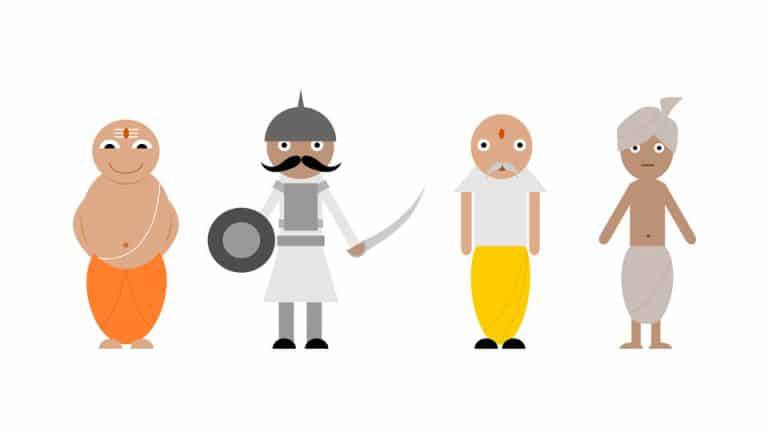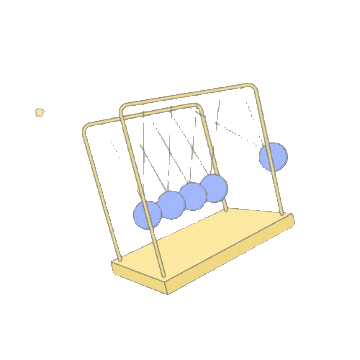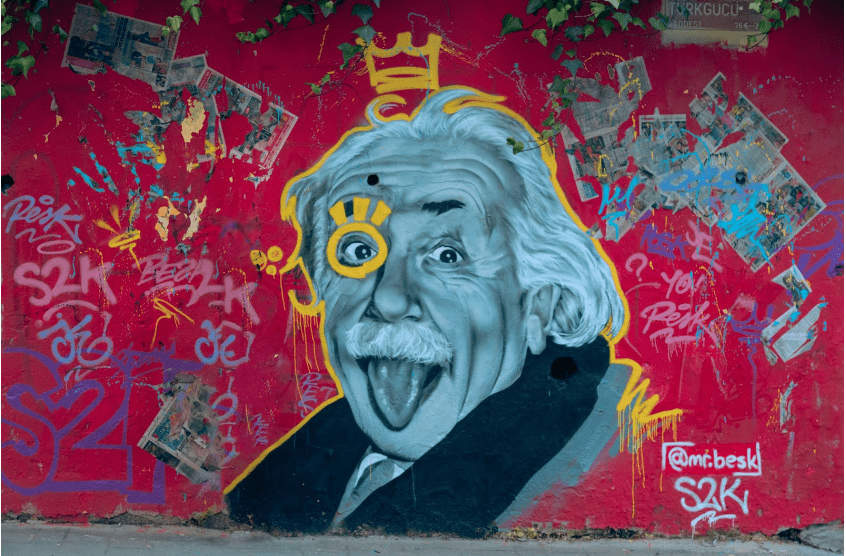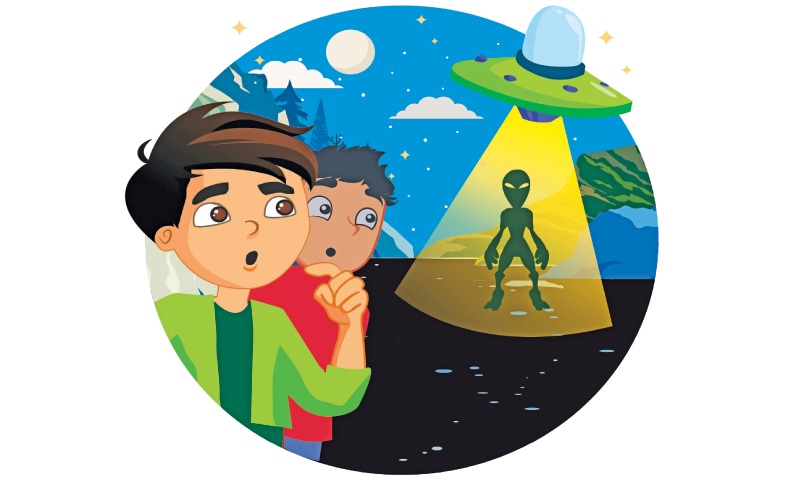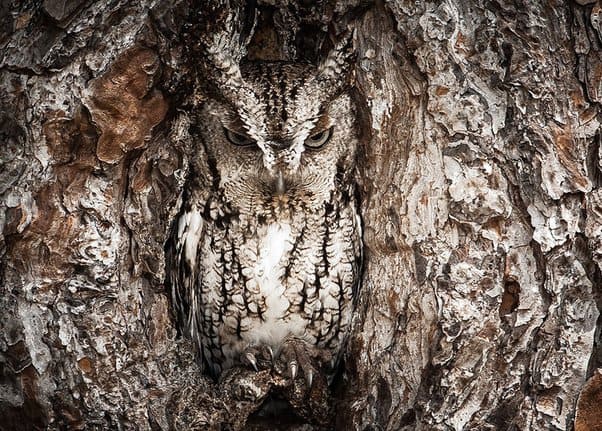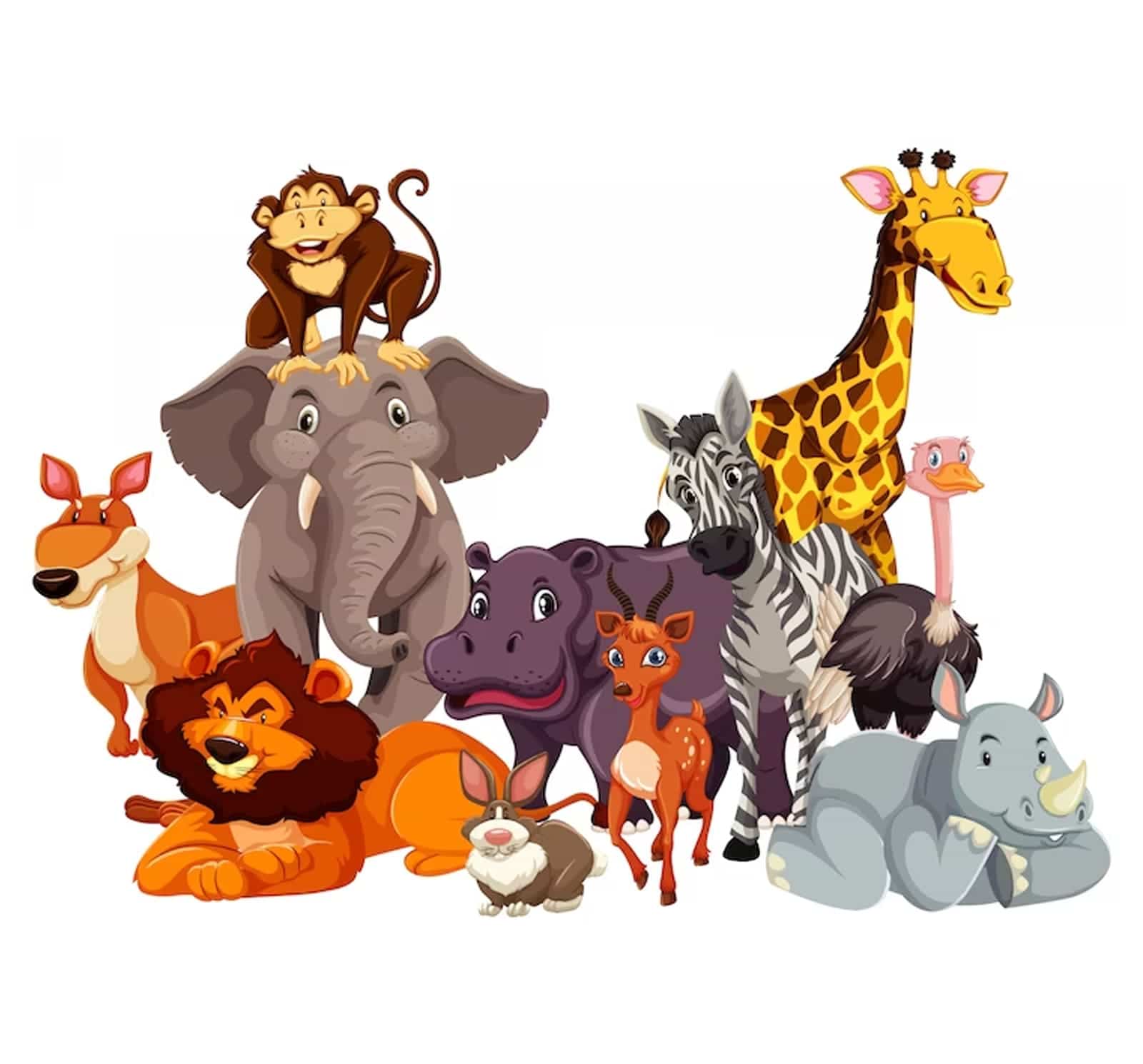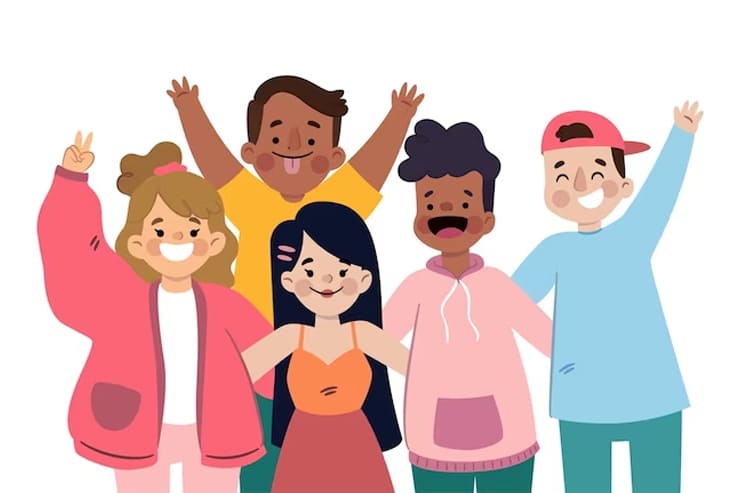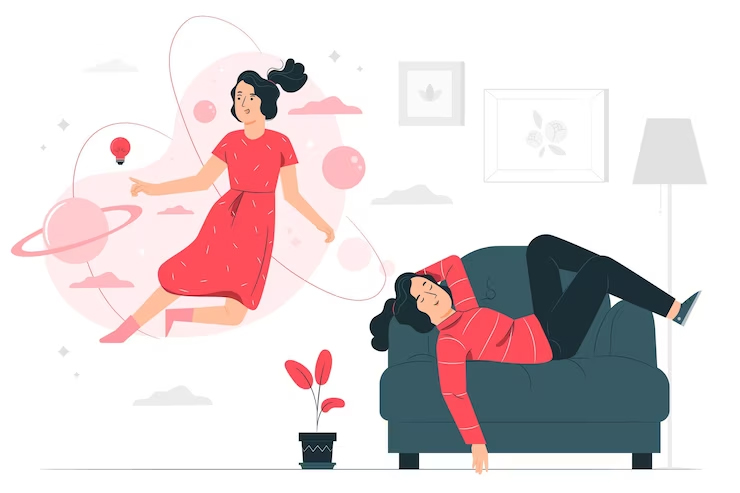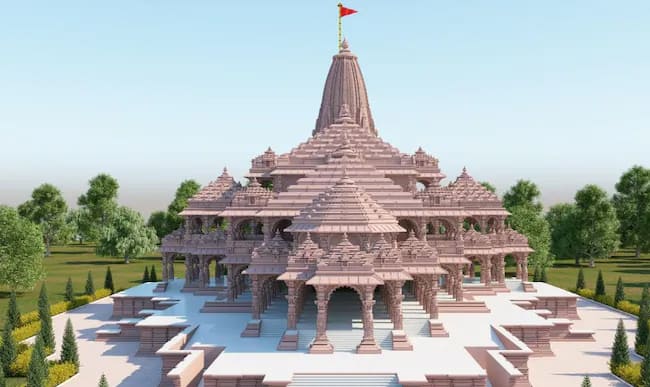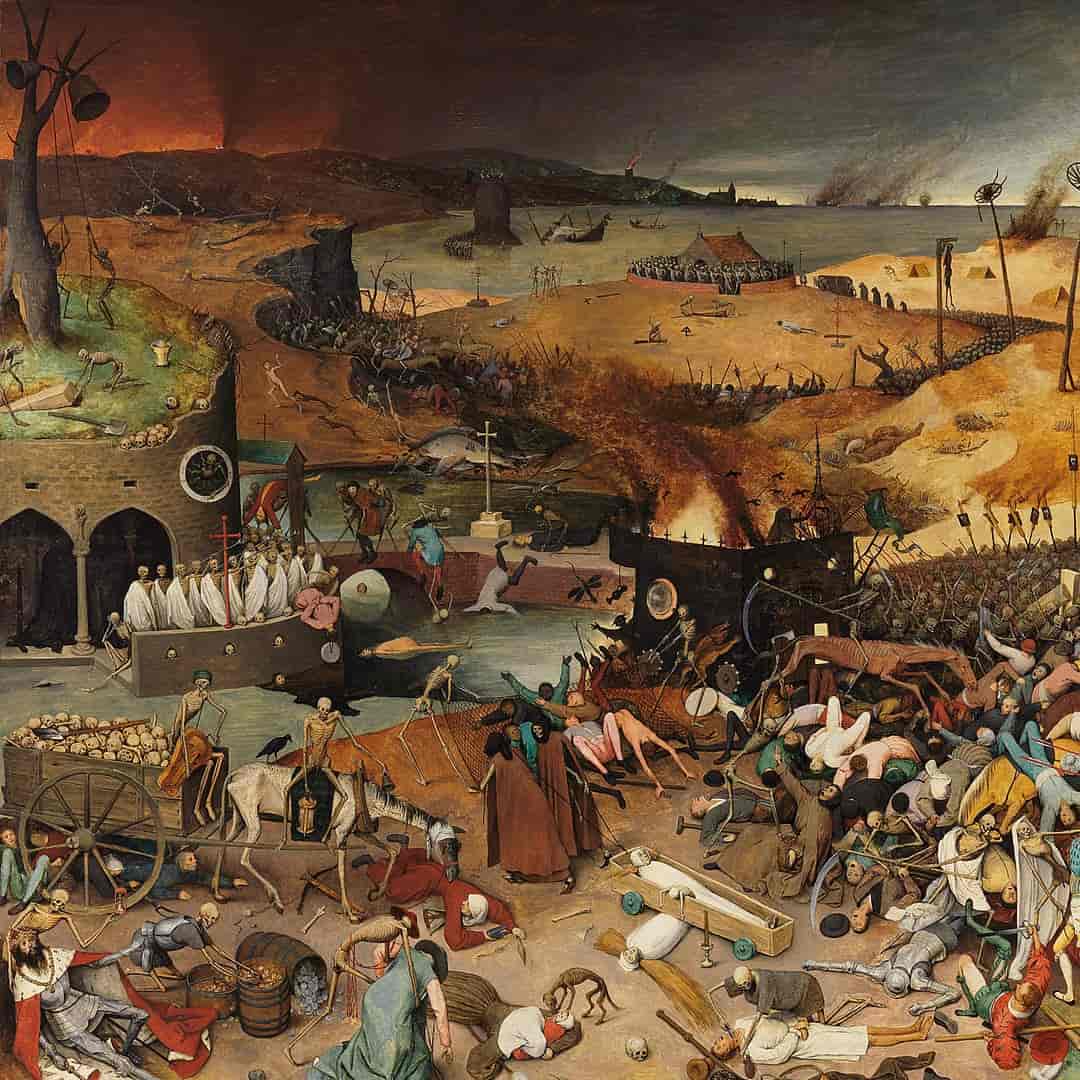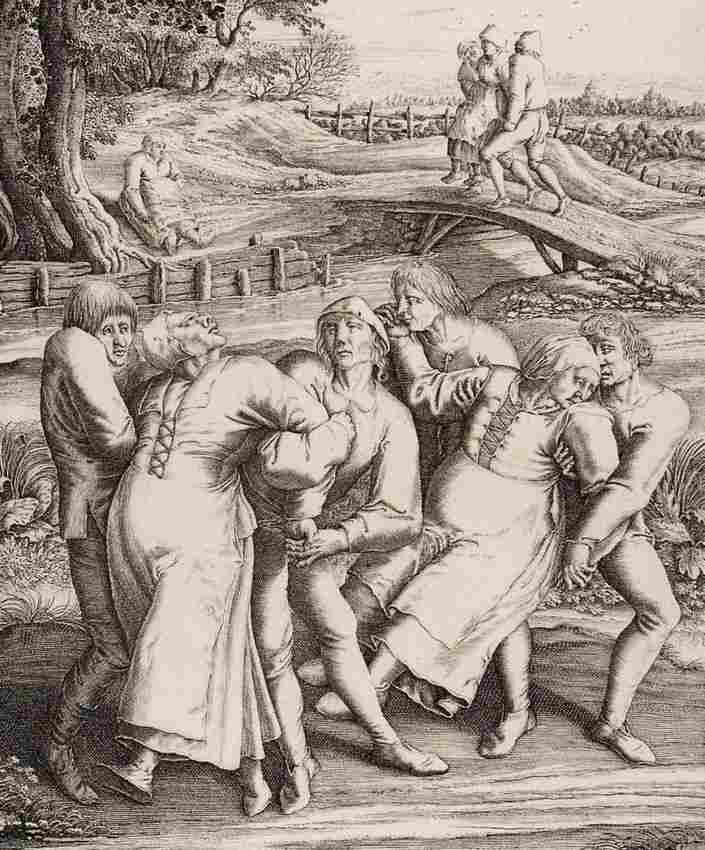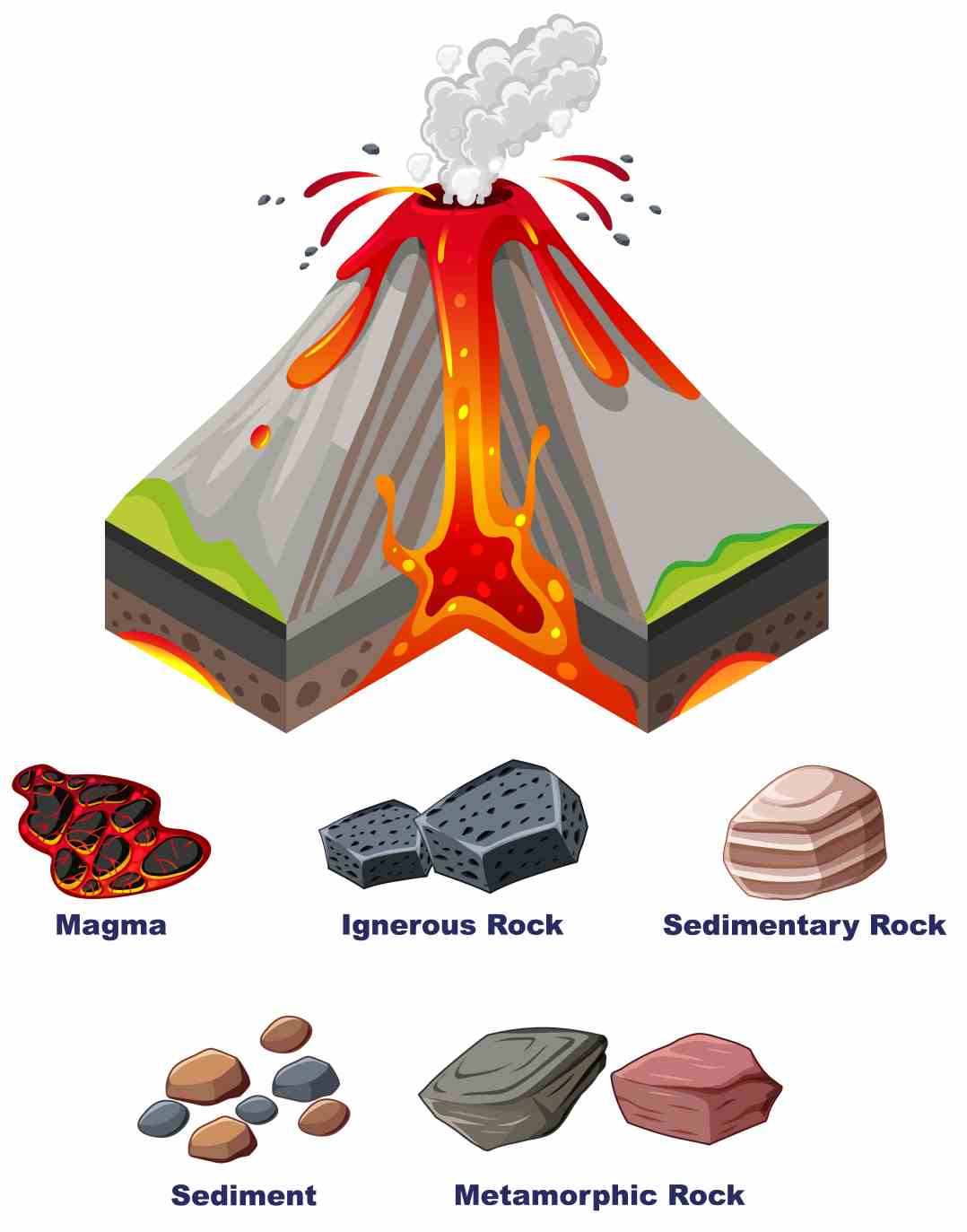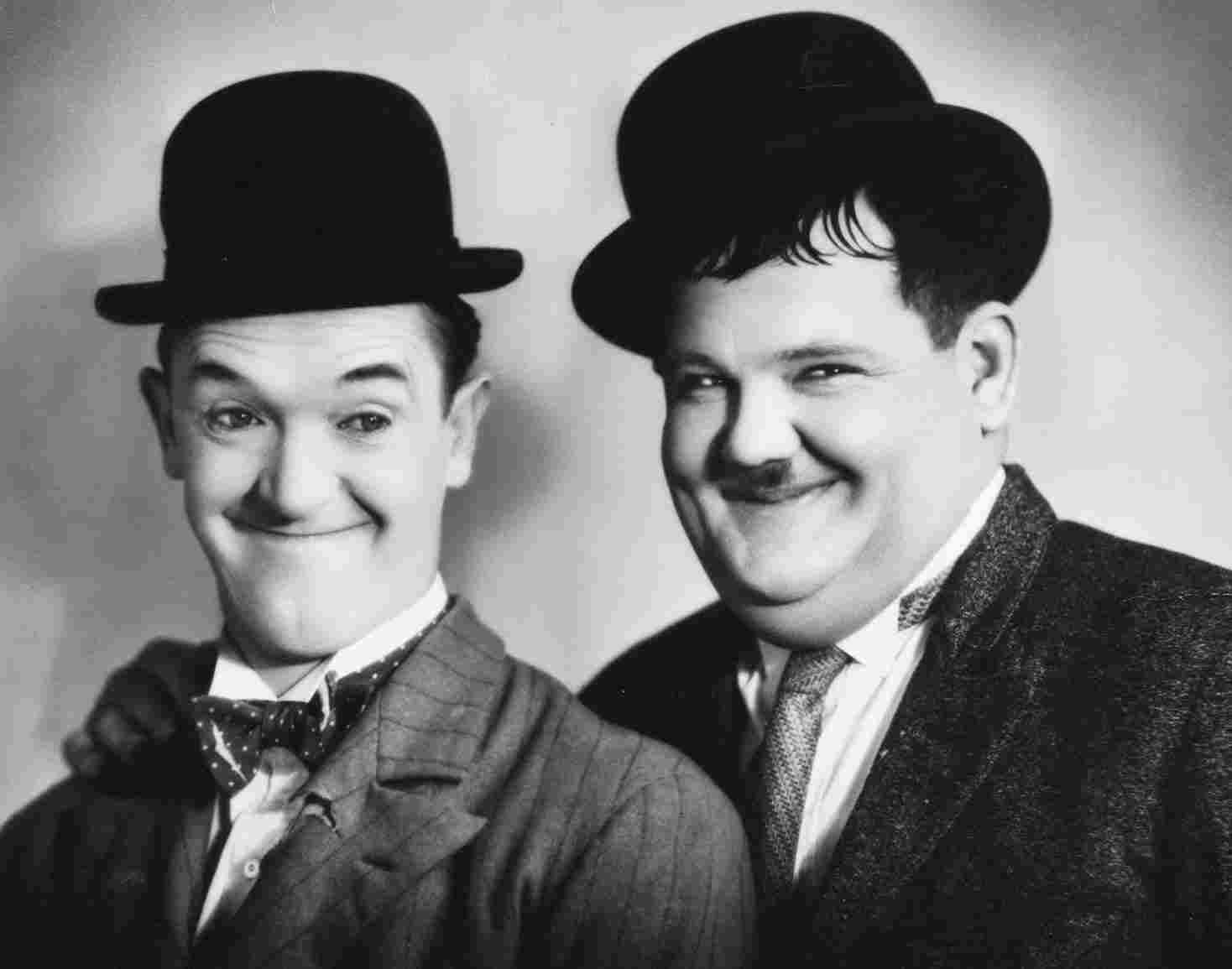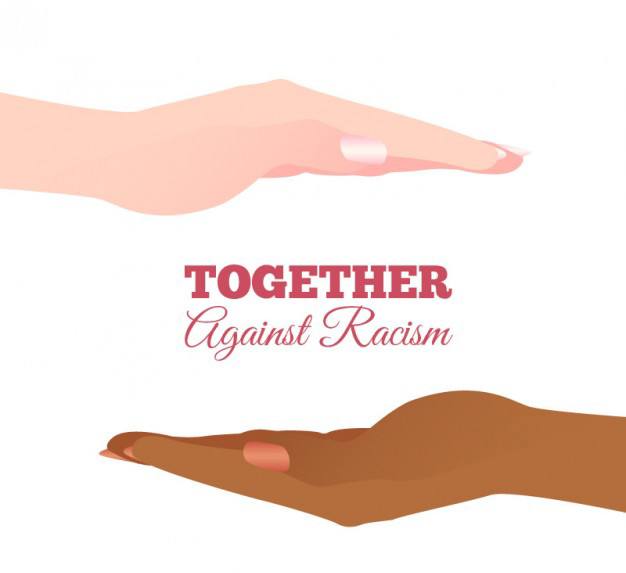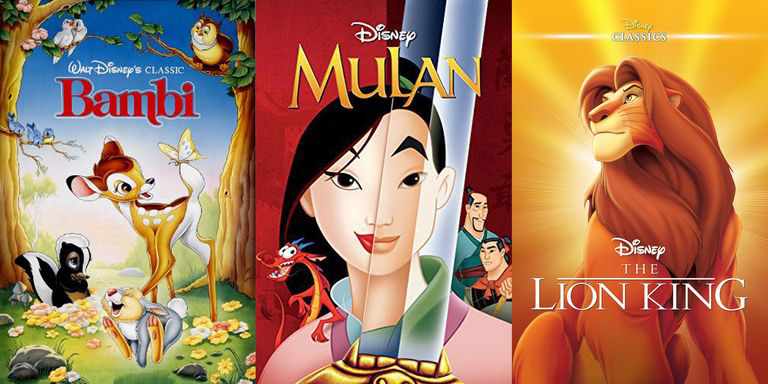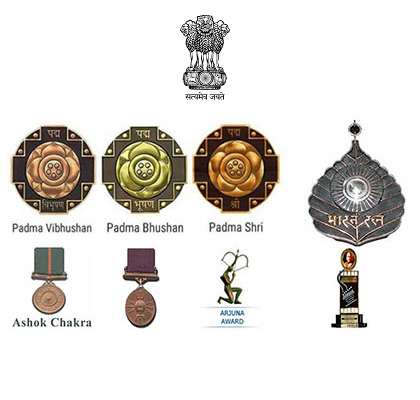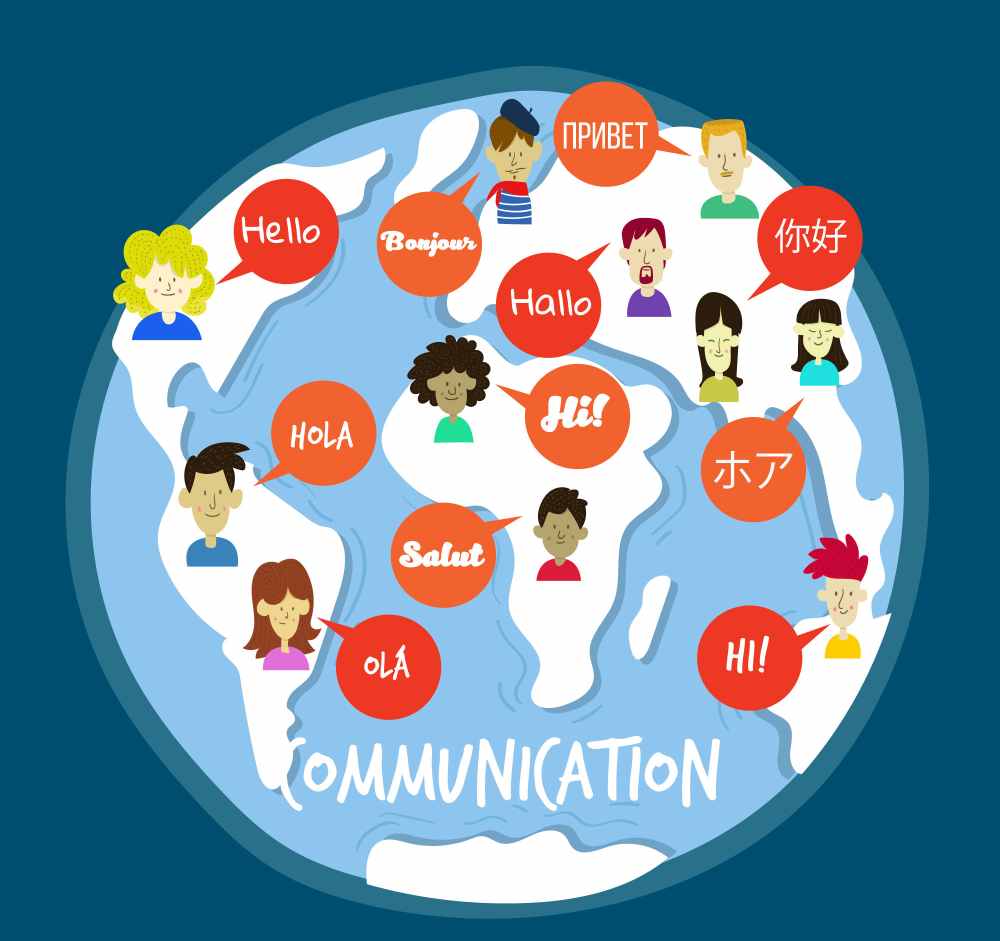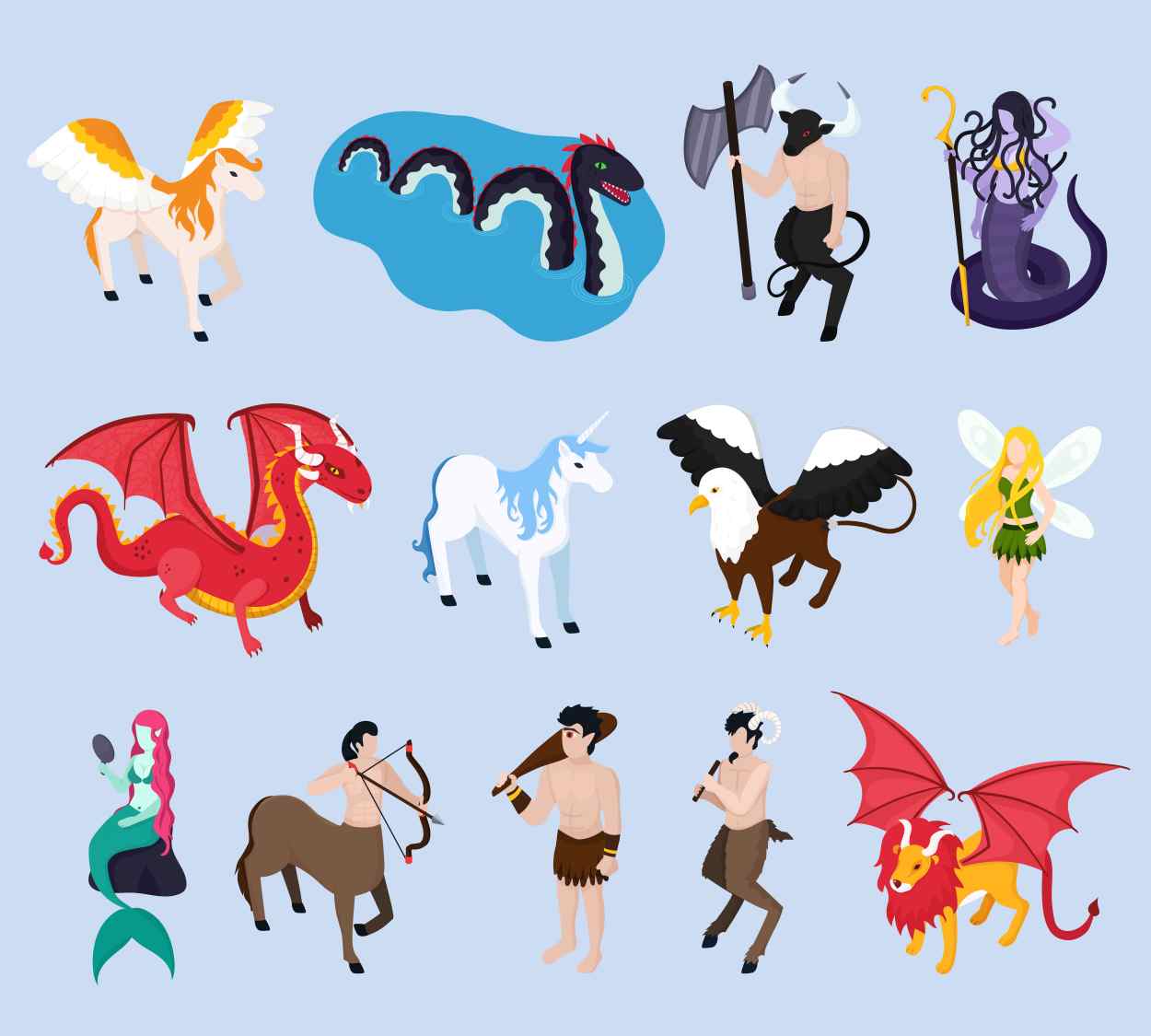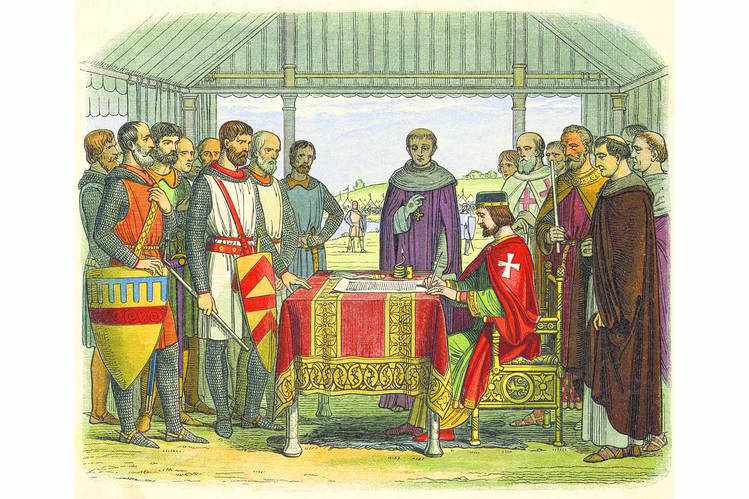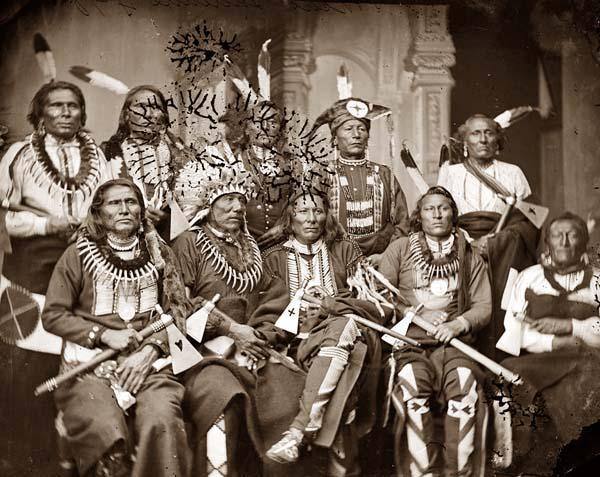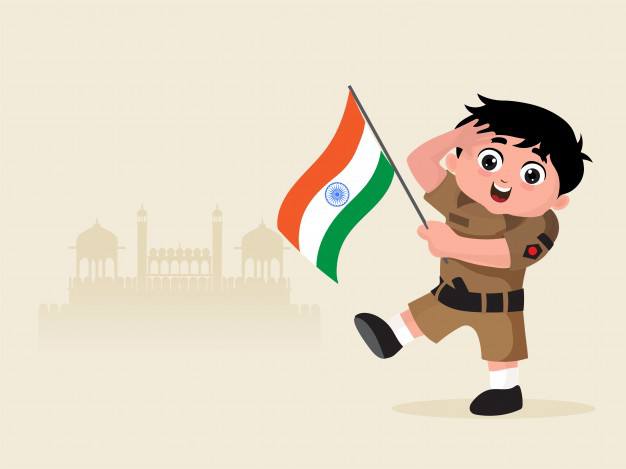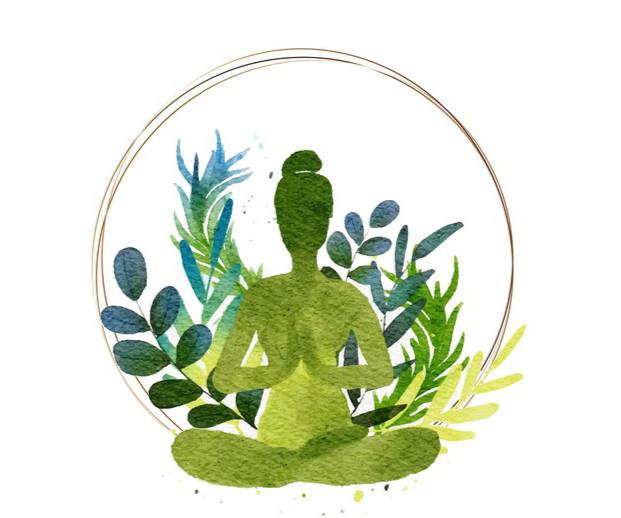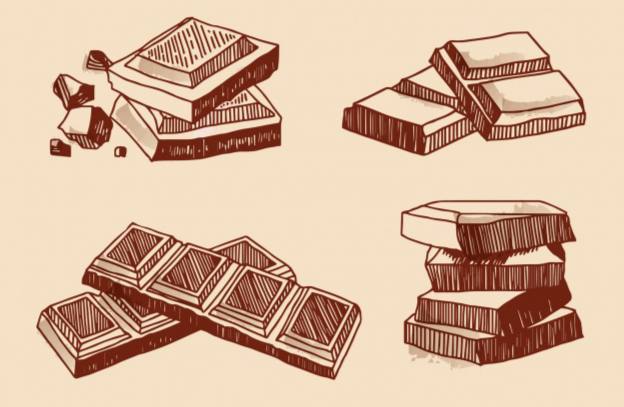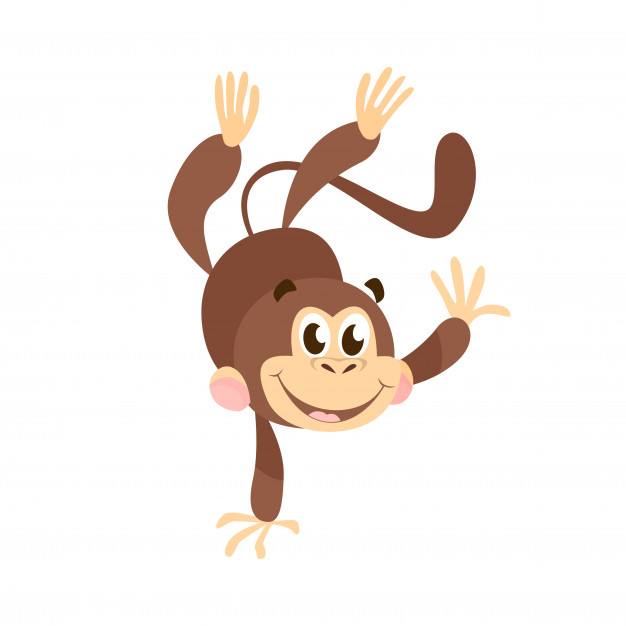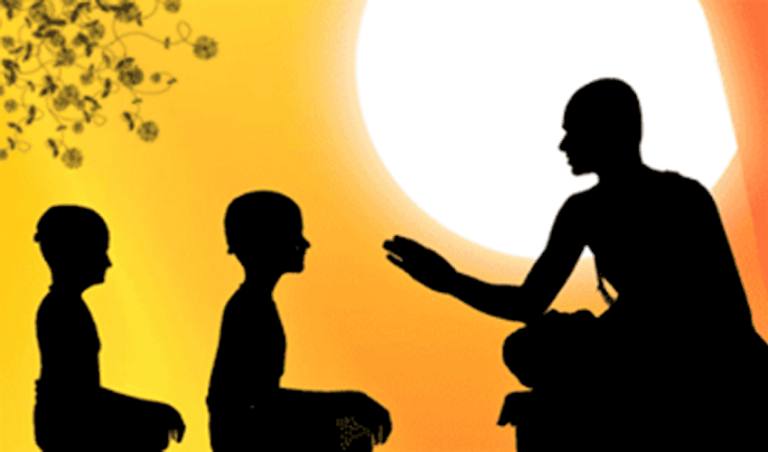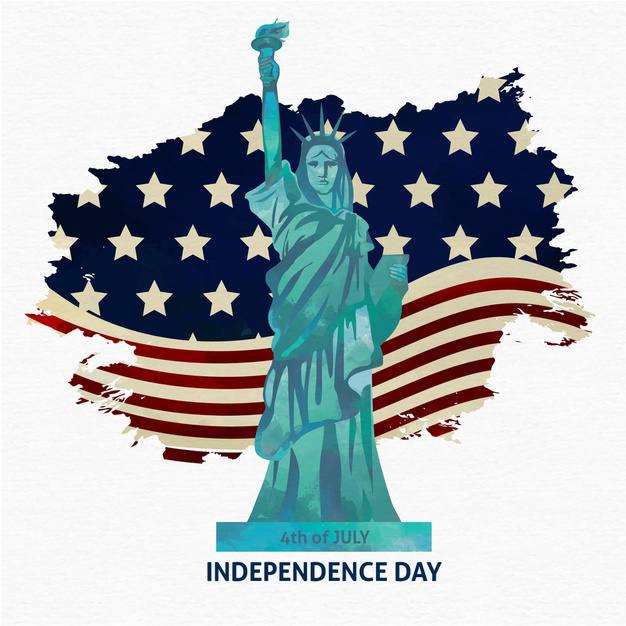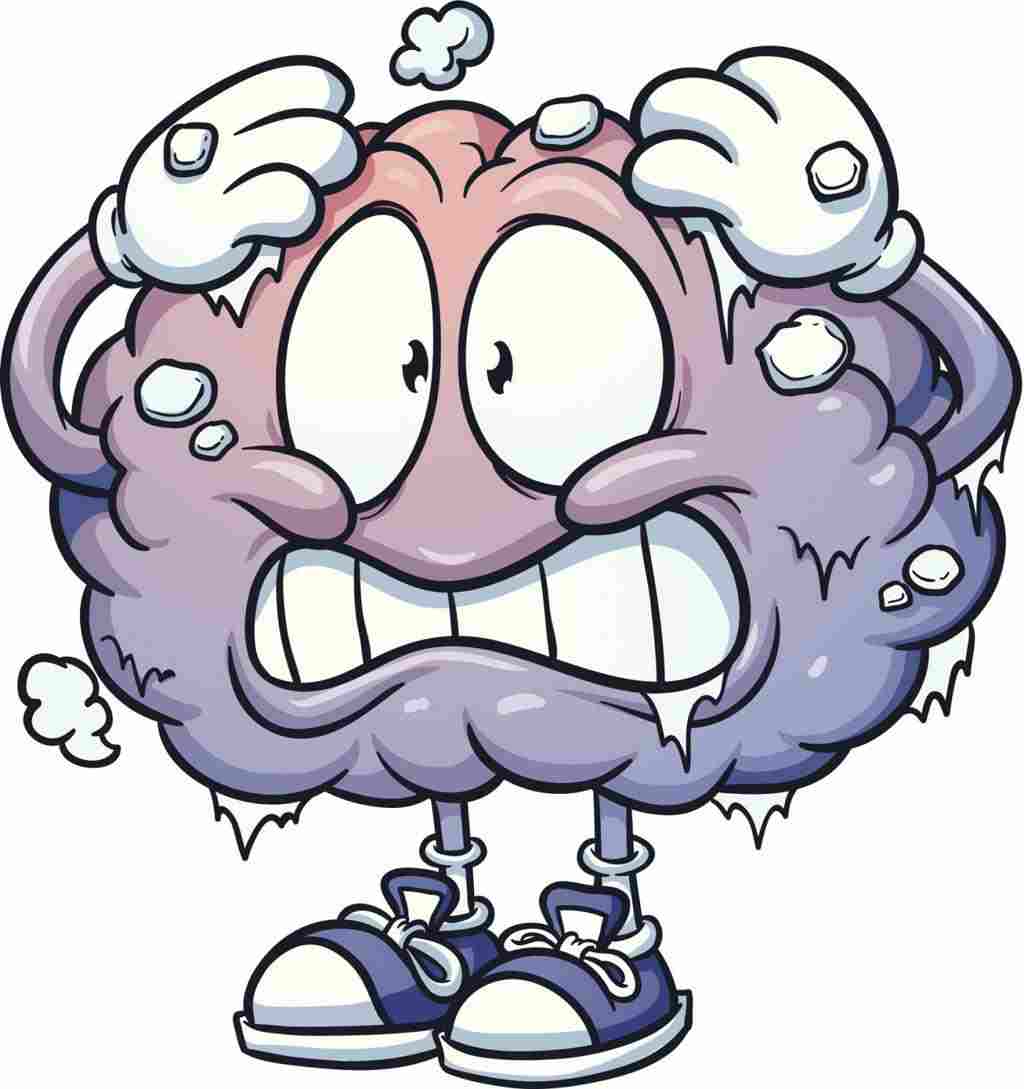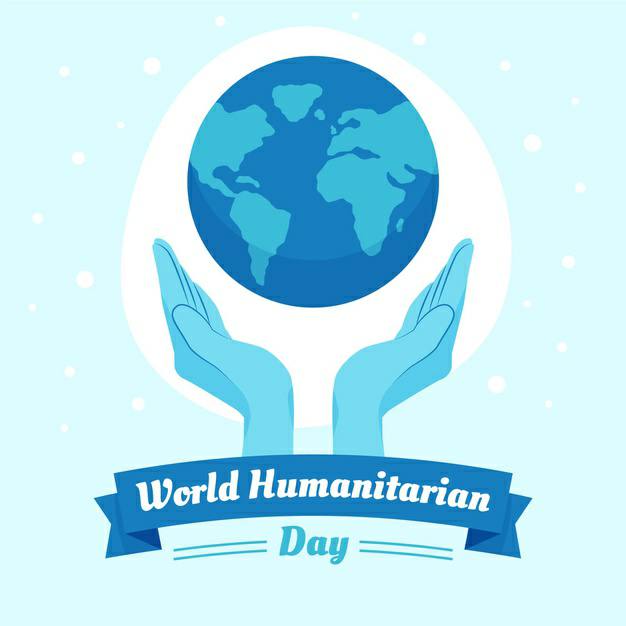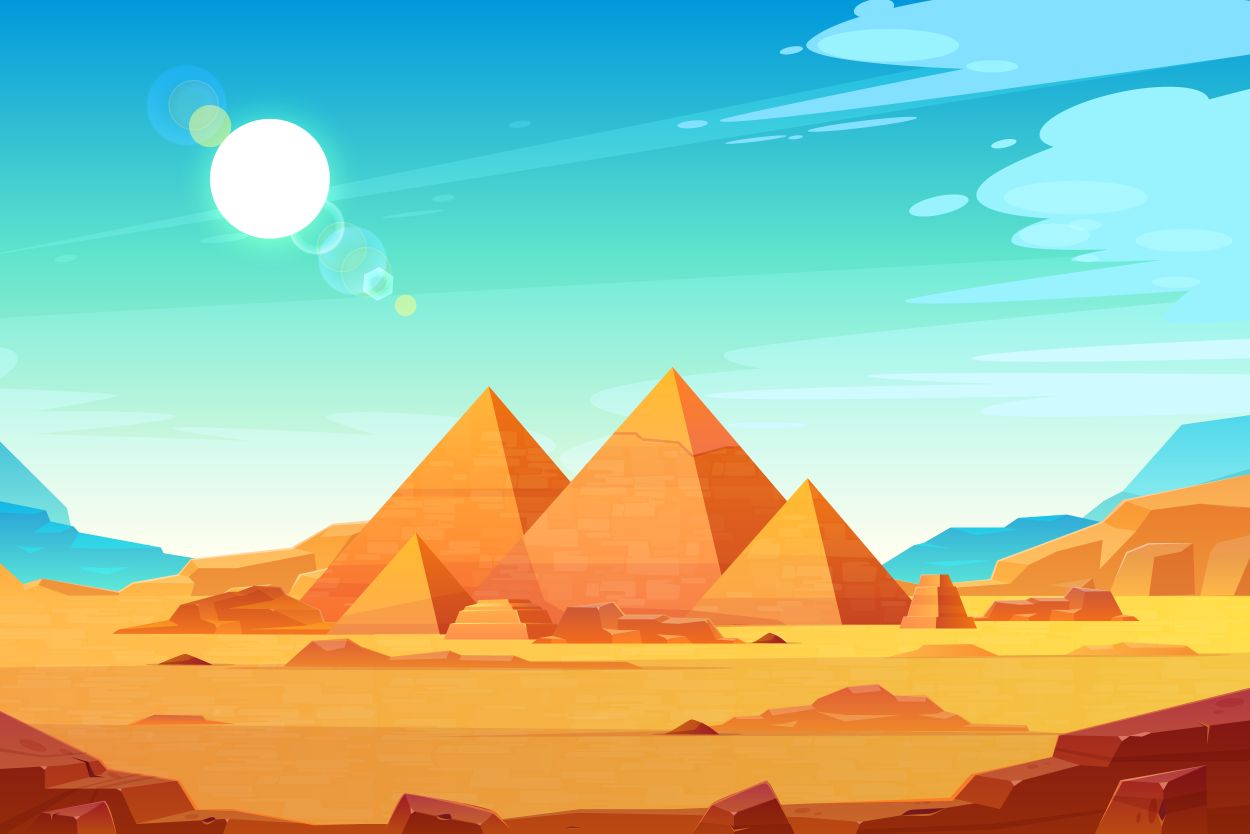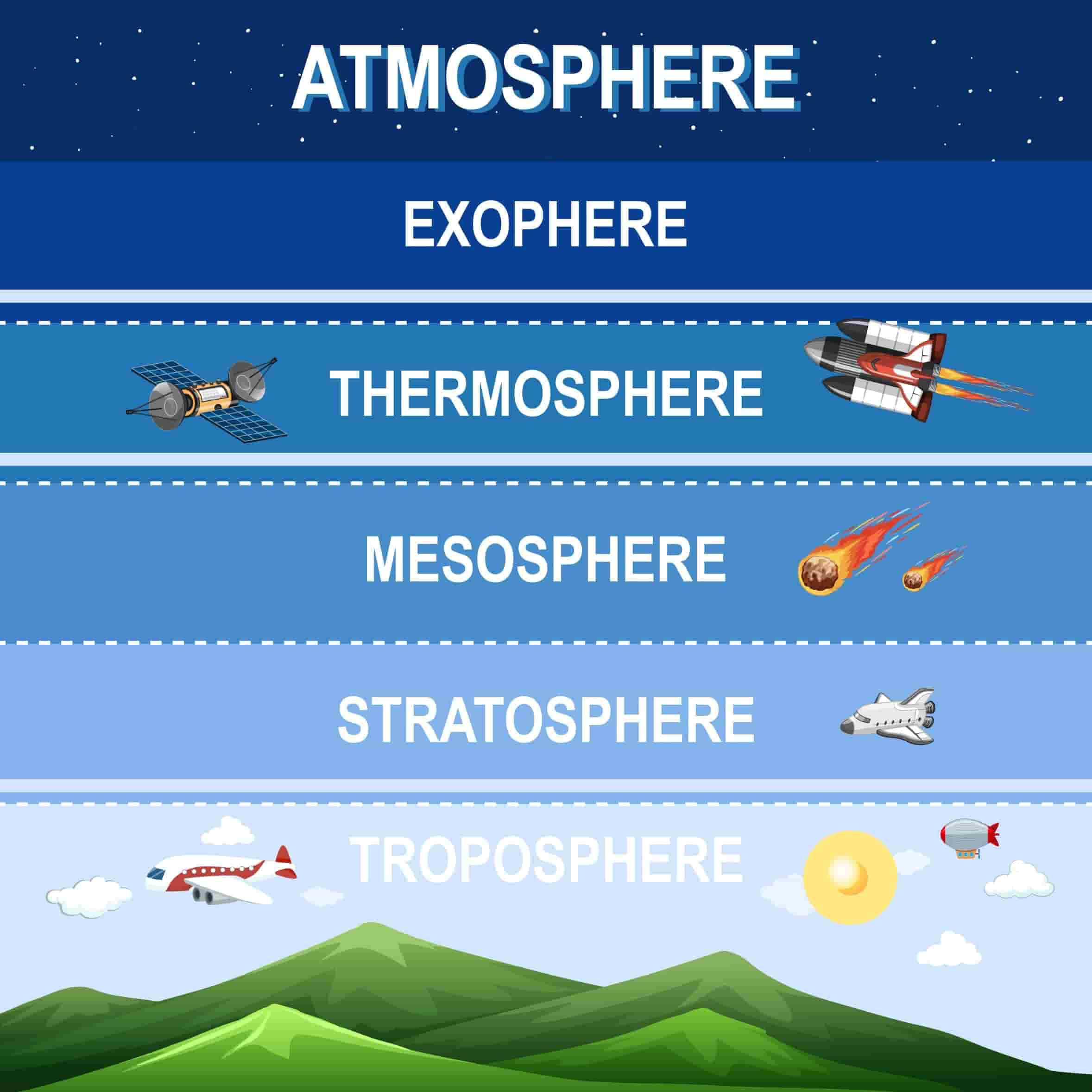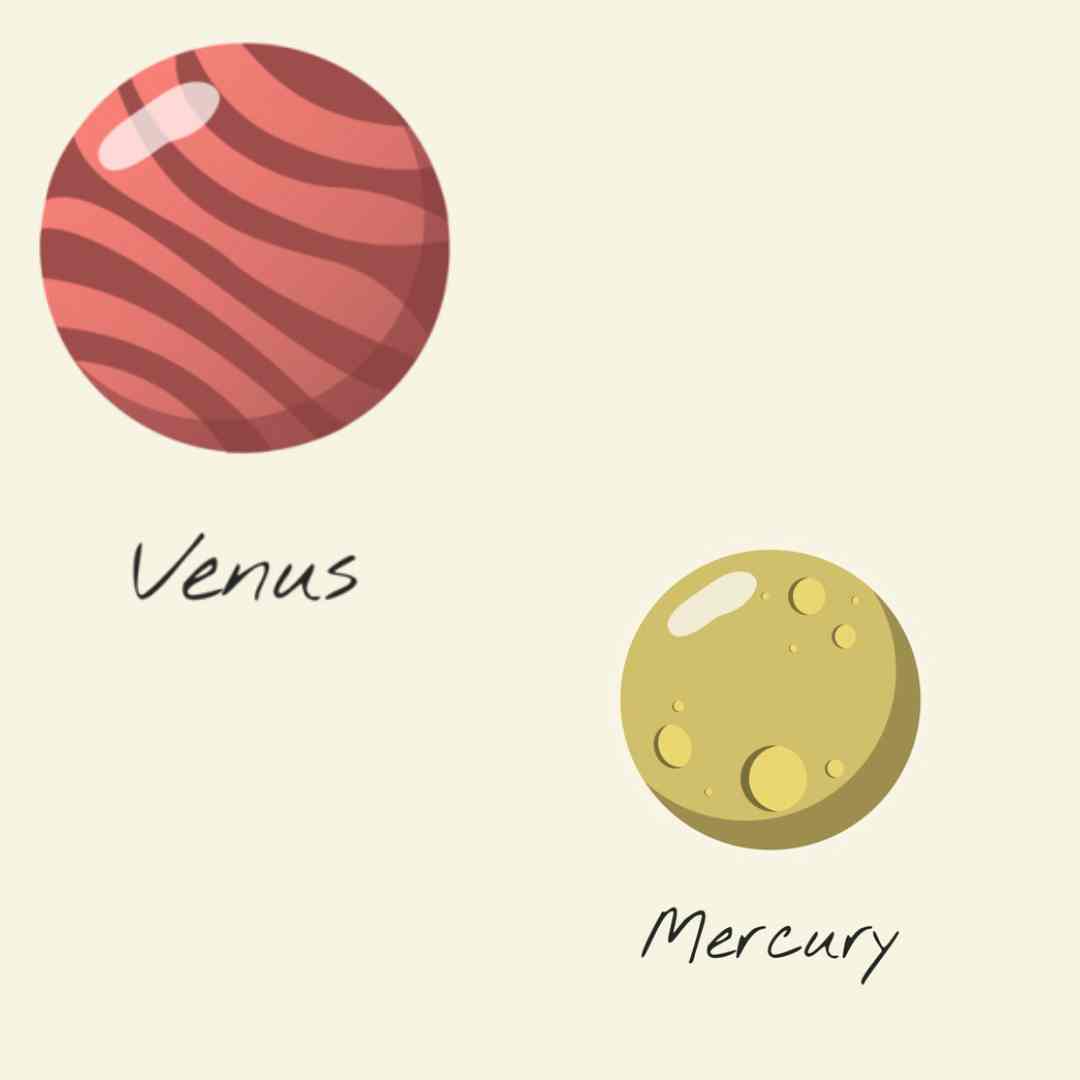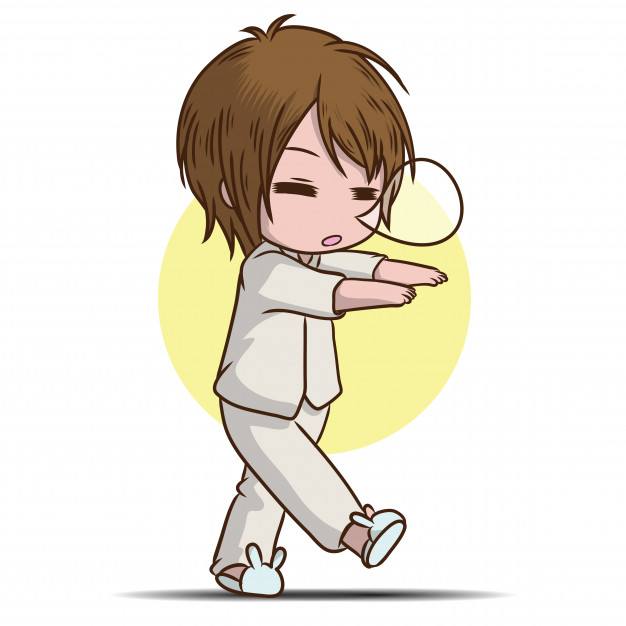What is the caste system structure? Why caste system is divided? Indian society is characterized by the presence of different sects and classes, a result of the prevailing caste system in the country. The origins of this system can be traced back to the ancient Vedas, which classified people based on varna or occupation. What is the caste system and its function? The caste system involves categorizing individuals into specific groups determined by their occupation or lineage. It significantly influences the process of socialization, imparting knowledge to individuals about the culture, traditions, values, and norms prevalent in their society. In the early Vedic Period, people of India were confused with the professions they should choose for themselves. That is when four varnas or castes were created. These four varnas are brahmana, kshatriya, vaishya and shudras. These varnas were based on the responsibilities of labor. For instance, Bramhans were allowed to study history, philosophy, language and perform ritual. Kshatriyas were allowed to learn tactica of the war-field, mechanism of weapons and policies of running a state. Vaishyas were the businessmen and Sudras were the people who performed other works for the rest of the three varnas. But with time, this categorization of labour became a social evil like racism.
Keep reading to find out how…
Earlier, the varnas were only based on labour. Son of a Pundit could become a Shudra, the son of a Ruler could become a businessman Vaishya. But later it became a hereditary ritual. Profession of a person was decided by the profession of their forefathers. This made the brahmanas, the most powerful in Indian society. And shudras were the least powerful who could not pursue their dreams, and were made to serve the other upper castes for generations. They were even considered untouchable.
However, for centuries people of India have internalized this caste system and have looked at various professions as the work of the lower caste. For instance, in India people are more keen on becoming doctors, engineers or lawyers. But similarly professions like shoe designer, fashion designer, chef, caretakers, etc are conceived to be the work of the ‘lower caste’ or shudras. And that is why, people who opted for these professions did not get full support from their family or the society.
Even B.R.Ambedkar, the writer of our constitution, had to face the practice of untouchability. He and his family belonged to the lower caste. As a child he was not allowed to pursue school education. In school he was made to sit on the floor, while other children of the upper caste sat on benches. But his rebellious spirit defied all the rules of the caste system. And he chose the medium of education, and worked very hard to one day write the constitution of Independent India.
Practice of the caste system still exists in our Indian society today. A system that was based on the division of labour, has become the reason for people to look down upon each other. Whereas the truth is, in our modern society there is no need for a varna system. We are independent individuals who choose our profession. And the profession of our forefathers should not determine our choice of profession. It is even worse to look down upon someone for they are not doctors, engineers or lawyers.
The caste system comprised four classes: Brahmins, who were priests and scholars; Kshatriyas, including kings, governors, and warriors; Vaishyas, consisting of cattle herders, agriculturists, artisans, and merchants; and Shudras, who were laborers and service providers.
The Aryans implemented the caste system for two main purposes. After consolidating and centralizing power, they organized the remaining society into distinct social groups with conflicting interests, creating antagonistic relationships among them.

